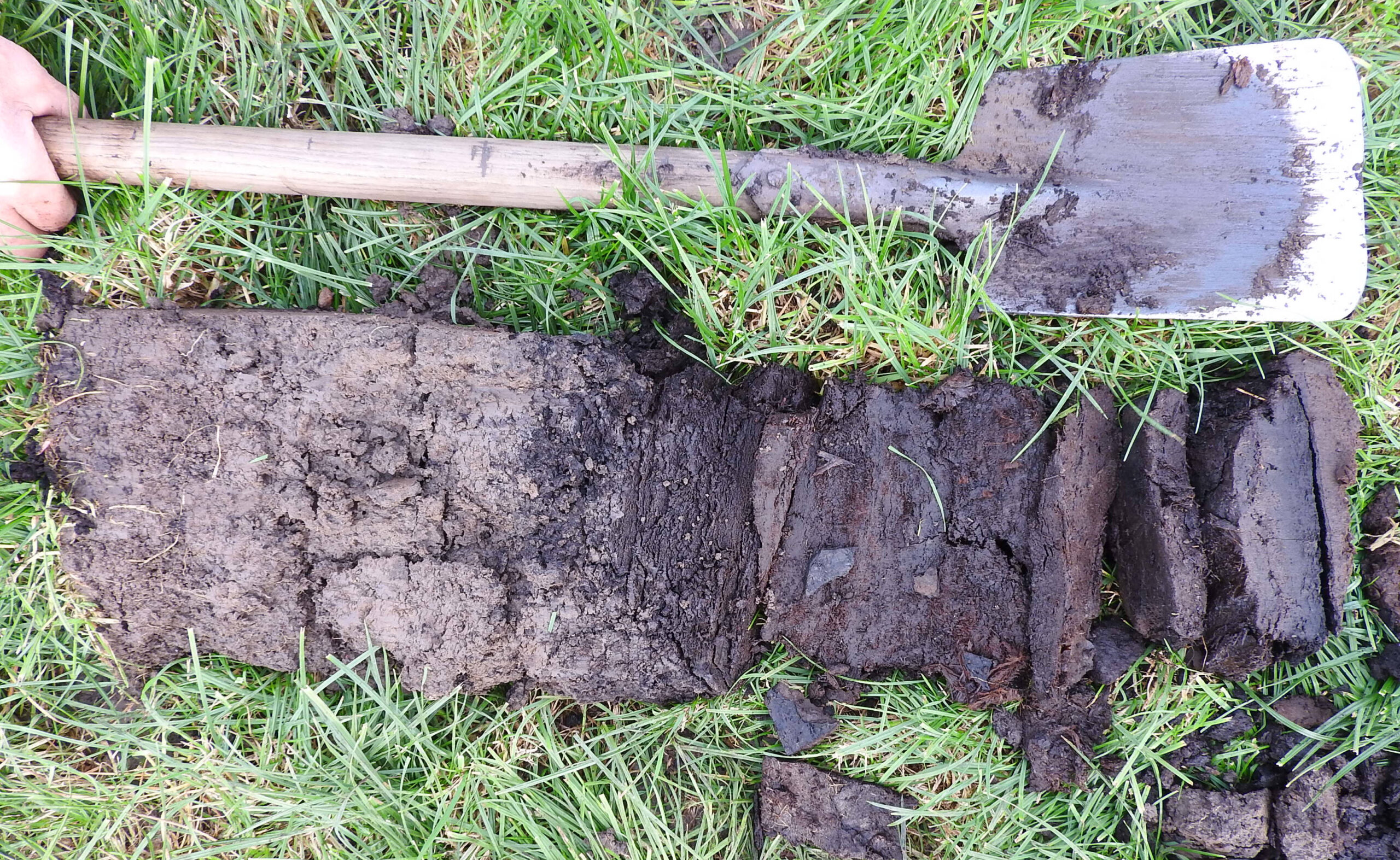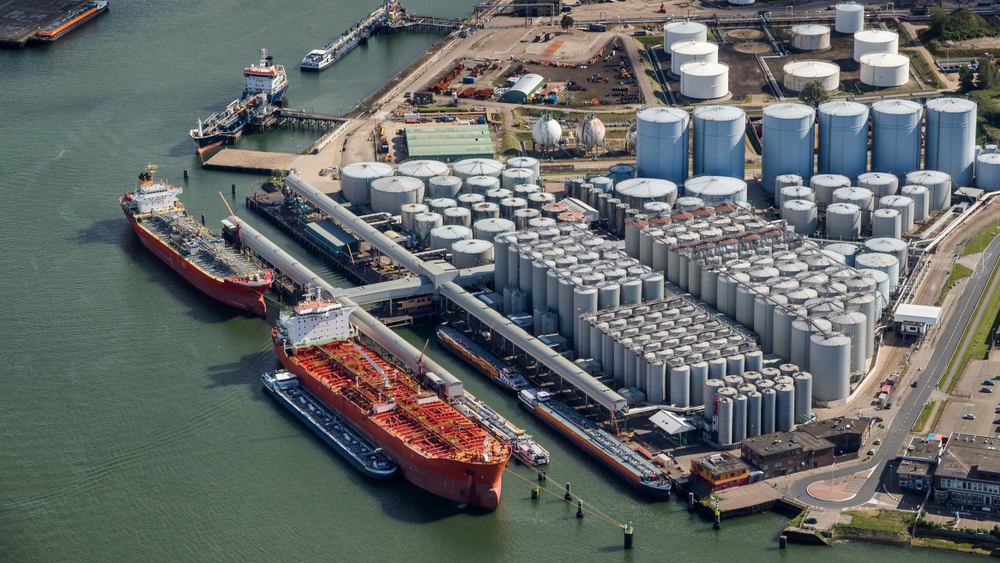Farmers in peatland areas can reduce flooding and droughts on their land and achieve lower CO2 emissions by turning the soil over. This involves bringing sandy soil to the top and digging the peat into the subsoil, under the groundwater table.
These findings come from research by Wageningen Environmental Research. Soil scientist Willy de Groot studied the plots of two Frisian dairy farmers who had turned over their peat soil three years earlier. Initially, the soil profile consisted of a 30 cm top layer of clay, then a thin, 20 cm layer of ‘schalter’ peat with poor permeability, followed by 60 cm to 1.5 metres of moss peat, and sand under that. After the soil was turned over, there was topsoil of sand and peat, on top of the remains of the clay and peat layers.
Less dry
For the farmers, the main benefit of this process was agricultural: they had fewer problems with excess water and the soil became firmer, so they were able to work on the land for longer. The soil dried out less in the summer too. The CO2 emissions also fell because the peat soil was now under the groundwater table. De Groot estimates the benefit to the climate at eight tons of CO2 per hectare per year, about 25 per cent of the total CO2 emissions in peatland areas. He stresses that this is a provisional estimate. Multi-year studies and emission measurements are needed for more reliable estimates.
More leaching
There are also downsides to turning over the soil. More nutrients (such as nitrogen) leach into the groundwater from sandy soil. Moreover, the ecological consequences and impact on the landscape of such a major intervention have yet to be assessed. De Groot carried out the study for the provincial authority of Friesland, which wants to know whether turning over the soil could be an alternative to the main climate measure in peatland areas: raising the groundwater table. De Groot calls for more test sites on farms.

 Peat soil. Photo Willy de Groot
Peat soil. Photo Willy de Groot 

